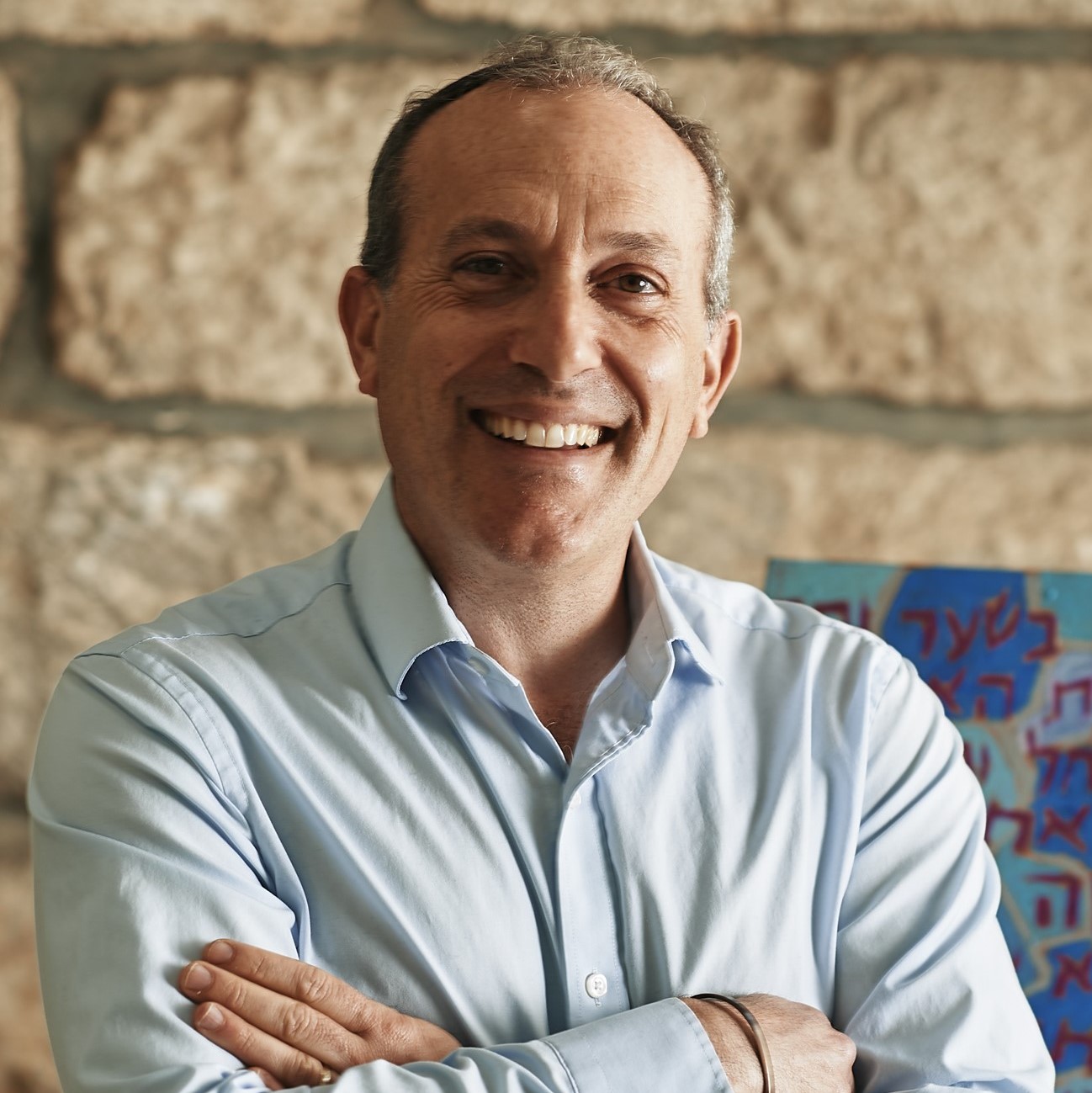From Teaching to Tikkun (Repair)

My words of Torah this week are dedicated to the memory of Rabbi David Hartman (z”l).
From the details of law to the minutiae of a building plan, Parashat Terumah moves us into the inner sanctum of the Tabernacle. Repeatedly, God commands Moses to create the Tabernacle and its appurtenances exactly as God has “shown” Moses. God declares, “Exactly as I show you—the pattern of the Tabernacle and the pattern of all its furnishings—so you will make it” (Exod. 25:9). Then, with regard to the branches of the menorah, Moses is instructed, “Note well and follow the patterns for them that are being shown you on the mountain” (Exod. 25:40). And finally, regarding the ark, Moses is told, “Make it hollow, of boards. As you were shown on the mountain, so will they be made” (Exod. 27:8). What were these blueprints that Moses was shown? How may we understand the plans to which Moses was privy?
Nahum Sarna explains,
It remains uncertain as to what is intended to be conveyed precisely by Moses being shown by God a “pattern” (Hebrew: tavnit) of the Tabernacle and its parts. It might imply belief in the existence of an actual, visible, celestial temple of which the earthly structure is to be a replica. This interpretation is favored by the famous vision of Isaiah . . . in which he sees a vision of the ritual being enacted in the temple in heaven. Also, it can be shown that Hebrew tavnit usually refers to the imitative reproduction of a material entity that exists in reality. On the other hand, it cannot be denied that tavnit might imply the conceptual form, the likeness and image of the ideal, invisible, archetypal form that is present in the mind of God, and that is made manifest to Moses, who alone is privileged to perceive it. (Exploring Exodus, 201)
Regardless of what this pattern is and conveys, the image of God showing Moses the divine plan for the Tabernacle is extraordinary and moving. It reveals the profound intimacy between teacher and student. God, acting as Pedagogue and Chief Architect, shows Moses, the contractor, exactly how it is that the divine plan will be implemented in the world. Yet, more than being solely about ritual space, the image and idea we are given in Parashat Terumah are a metaphor for bringing holiness and goodness into the world at large. And for that to become realized, the entirety of Torah becomes the tavnit, the pattern or blueprint, for bringing the holy into a profane and imperfect world.
This past week, I had the privilege of attending the Jerusalem funeral of the one of the greatest leaders and thinkers of the Jewish world, Rabbi David Hartman (z”l). One of his students, Professor Yisrael Knohl, spoke about the legacy Rabbi Hartman gave the Jewish world, summed up in three qualities all beginning with the Hebrew letter aleph: ahava (love), emet (truth), and ometz (strength or conscientiousness). Rabbi Hartman used these three elements as his tavnit to repair a broken world. May we all be privileged to perpetuate and emulate his model.
The publication and distribution of A Taste of Torah are made possible by a generous grant from Sam and Marilee Susi.



